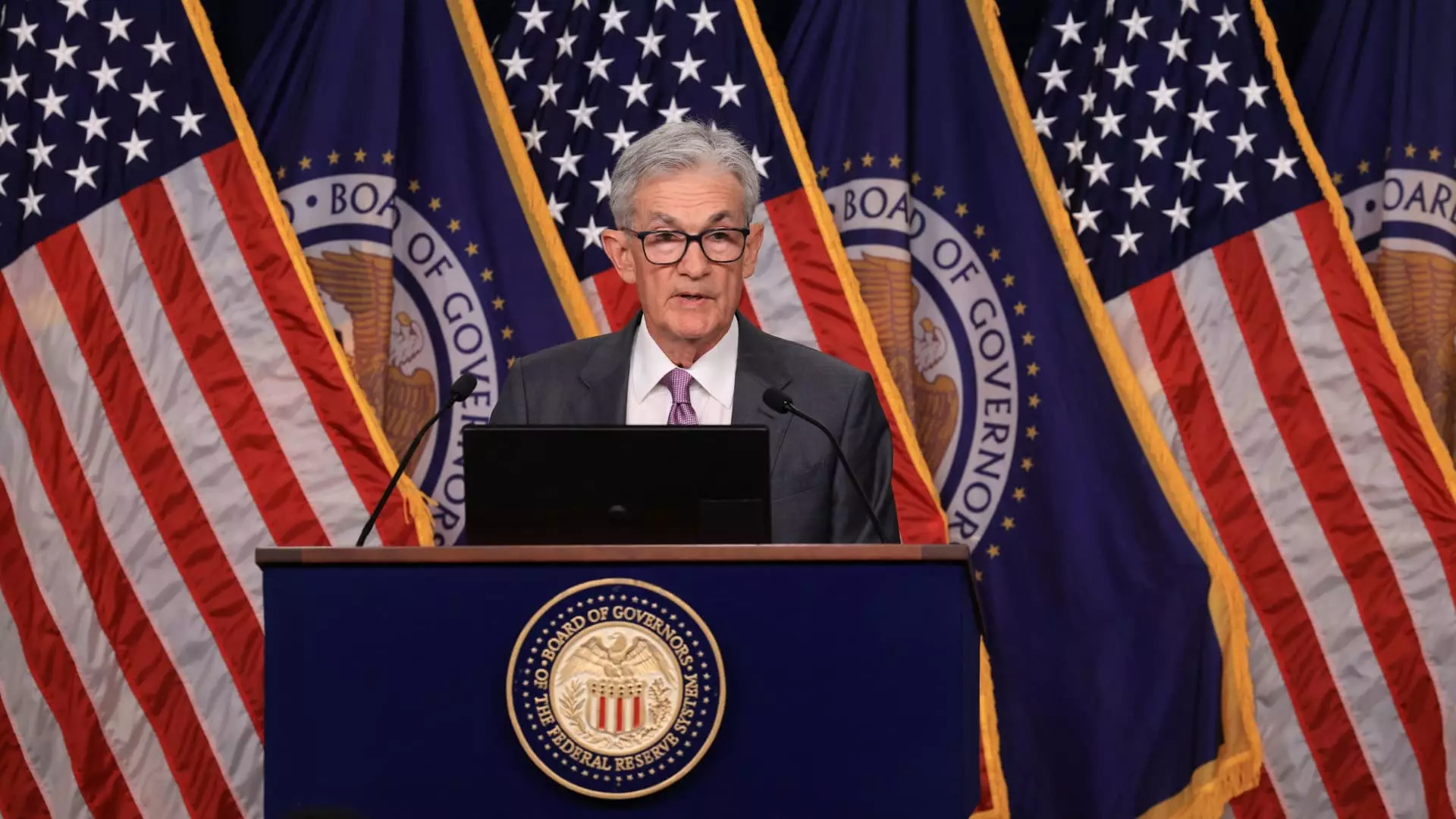The Federal Reserve’s recent announcements regarding interest rate adjustments have stirred considerable discourse among economists, investors, and the general populace. As the banks prepare for further modifications, the central bank anticipates a reduction in rates, potentially reaching a benchmark of 4.4% by the close of 2024, with two pivotal meetings scheduled before year’s end. The implications of these projections extend well beyond the confines of monetary policy, affecting everything from consumer borrowing to business investments. More critically, the dot plot—a visual representation of rate forecast expectations—reveals insights into the stance of the Federal Open Market Committee (FOMC) members, encompassing both those with voting rights and those without.
The upcoming meetings on November 6-7 and December 17-18 are vital as they serve as platforms for potential policy shifts. With an existing rate adjustment having lowered the federal funds rate to a narrow range of 4.75%-5.0%, the atmosphere is rife with speculation. Chairman Jerome Powell’s remarks during the latest news conference underscored a cautious but steady approach: “There’s nothing in the SEP that suggests the committee is in a rush to get this done.” This assertion conveys a deliberate strategy, wherein the Fed aims to monitor evolving economic conditions closely rather than hastily implement alterations.
Moreover, the Fed’s economic forecasts reveal substantial alterations in employment and inflation expectations. While the unemployment rate projection has been increased to 4.4%—up from a prior estimate of 4%—the core inflation outlook has also seen a downward revision. Such changes indicate the Fed’s growing confidence in its ability to steer inflation sustainably towards the 2% target, balancing its dual mandates of maximizing employment and stabilizing prices.
The Fed’s strategy resonates far beyond the immediate interest rate cuts; it reflects broader economic trends and sentiments. Lowering interest rates typically invigorates economic activity by making borrowing cheaper. This could spur consumer spending and encourage businesses to invest, potentially leading to job creation. However, the concurrent rise in unemployment forecasts to 4.4% raises questions about the efficacy of these measures in fostering economic growth.
The inflation expectations reduction—from 2.6% to 2.3%—also merits scrutiny. While this adjustment portrays a decrease in future price inflation concerns, persistence in elevated core inflation at 2.6% reflects underlying economic pressures that may not dissipate easily. The juxtaposition of these factors underscores a complex economic landscape, where the Fed must navigate various challenges as it seeks to balance growth with inflation control.
As the Federal Reserve prepares to forge ahead with its interest rate policies, stakeholders are keenly watching. The evolving dialogues surrounding economic indicators—like inflation and unemployment—will be crucial in shaping future fiscal environments. The Fed’s careful approach signals a commitment to a long-term strategy that recognizes the intricate dynamics of today’s economy, dismantling the notion that simple rate cuts alone will yield immediate results. The next few months will not only determine the trajectory of interest rates but also set the pace for economic recovery in a post-pandemic landscape.

